Kalmbach Publishing, P.O. Box 1612, Waukesha, WI 53187-1612. Approx. 90 minutes
kalmbachhobbystore.com
In Spring 2009, Union Pacific’s never-retired 4-8-4 No. 844 visited Nevada, California, and Utah on its “Western Heritage Tour.” This event provided ample evidence, as if any was needed, of the appeal of “Big Steam,” loosely defined as the “biggest, baddest, most powerful operating (steam) locomotives.” Appropriately, No. 844 appears on the cover of this DVD, which examines the “Big Steam” phenomena and profiles locomotives that are currently active or under restoration. Key individuals involved with these engines provide their unique perspectives to restoring and operating “Big Steam.
In a brief introduction, Kevin Keefe, Jim Stump, and Steve Sandberg explain the appeal of steam locomotion. Then comes a brief historic overview highlighting the growth of railroads, the demise of regular service steam and the beginnings of locomotive preservation. Locomotives such as No. 844, Southern Railway 2-8-2 No. 4501 and Southern Pacific 4-8-4 No. 4449 kept steam alive during the 1960s and 1970s, and the Norfolk Southern steam program lasted until 1994. The modern steam revival kicked off with Owosso’s 2009 Train Festival, which attracted fan favorites such as No. 4449 and Nickel Plate Road 2-8-4 No. 765, followed by Norfolk Southern’s 21st Century Steam program, in conjunction with the Tennessee Valley Railroad Museum.
At this point, the program segues into a nationwide tour of active locomotives, beginning with a look at Tennessee Valley’s No. 4501. The museum’s Mark Ray describes how this locomotive was modernized in order to run more efficiently while adhering to Southern Railway practice. Then, after a brief visit to Nashville to look at restoration candidate Nashville, Chattanooga & St. Louis Railway No. 576, it’s off to Roanoke to get an update on Norfolk & Western J Class 4-8-4 No. 611. Jim Stump explains why this locomotive was declared a Historic Mechanical Engineering Landmark. Viewers who can recall being disappointed with the abrupt manner that NS cancelled its steam program in 1994 will appreciate seeing No. 611 in action.
The next stop is Cumberland, Md., where Chesapeake & Ohio 2-6-6-2 No. 1309 is under restoration. John Hankey explains that No. 1309 is basically an updated version of a 1920’s locomotive, which served C&O well enough that there was no need to update the basic design by 1949. Then it’s off to Port Clinton, Pa., to check in with Reading & Northern. That railroad has two steamers: in-service 4-6-2 No. 425 and under-restoration 4-8-4 No. 2102. The next segment profiles two operating Van Sweringen 4-8-2s: New York, Chicago and St. Louis Railroad (Nickel Plate) 765/767 and the similar looking Pere Marquette 2-8-4 No. 1225. A similar locomotive, C&O No. 2716, is under restoration in Kentucky.
Steve Sandberg of Friends of the 261 narrates an interesting section on that Milwaukee Road 4-8-4. He explains the advantages of having a roller-bearing equipped locomotive with a 400-mile range. The group also believes it’s necessary to have a well maintained fleet of passenger cars that will appeal to passengers. They have assembled a collection of passenger equipment including a former Milwaukee Skytop observation car.
Portland, Oregon, our next stop, is home to a pair of 4-8-4 operating locomotives. Spokane, Portland & Seattle 4-8-4 No. 700 is undergoing a 1,472-day boiler rebuild and inspection. Its more famous roommate, SP “Daylight” No. 4449, is active, having just completed a round trip to Bend, Ore. Doyle McCormack calls 4449 “the most iconic locomotive in the world.” In an interview, he discusses excursion-planning logistics, and reminisces about negotiating with SP on trips to Railfair ’81 and New Orleans. (A third Portland locomotive, Oregon Railway & Navigation 4-6-2 No. 197, is under restoration and doesn’t appear in the video.)
Two Atchison, Topeka & Santa Fe Railway donated several locomotives to lineside communities, including two famous 4-8-4s. One of these, No. 3751 returned to operation in 1991 and is shown on 2012’s “The Grand Canyon Limited” trip from Los Angeles to the Grand Canyon and back. The Central Coast Chapter of the National Railway Historical Society sponsored this trip 6-day, 1,300-mile trip. Further east, a group in Albuquerque is hard at work on AT&SF No. 2926, the biggest and heaviest 4-8-4 ever built, according to the New Mexico Steam Locomotive & Railroad Historical Society’s Michael Hartshorne. He is part of a group of about 65 members who are restoring this locomotive to operation. The group includes representatives of the next generation of steam railroaders, Henry Roberts and Anthony Padilla, who show viewers around No. 2926’s cab.
The video’s final segment covers Union Pacific’s steam program, which currently features the aforementioned No. 844, which was never retired by the railroad but continues to serve in a public relations role. Returned to service in 2016, 844 operated the Denver-Cheyenne “Frontier Days” train. In October 2016, it made a trip to Memphis to help dedicate a new pedestrian bridge over the Mississippi River. Most UP steam trips are focused toward lineside viewing as part of the railroad’s public outreach program. Union Pacific’s Ed Dickens provides some insight into the rationale and logistics of the steam program, and discusses the ongoing restoration of 4-8-8-4 Big Boy No. 4014. Dickens also states that 4-6-6-4 Challenger No. 3985 will run again “at some point,” although he’s clear the current emphasis is on 844 and 4014.
Sixty years after steam locomotion fell out of general use in North America, the appeal of these locomotives is as strong as ever. Although many reasons are offered as to why steam resonates people too young to recall these locomotives in regular service, it’s clear that with all these operating examples that “Big Steam is Back.”





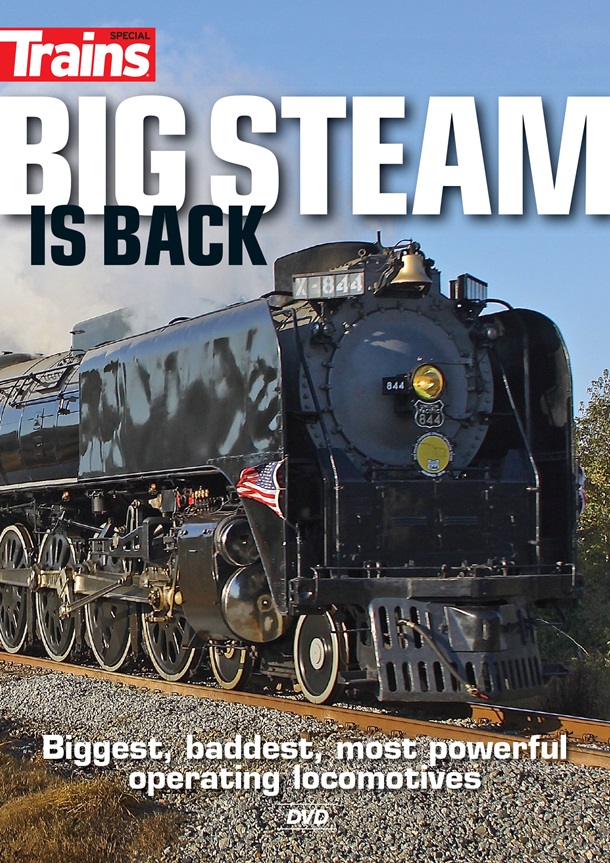

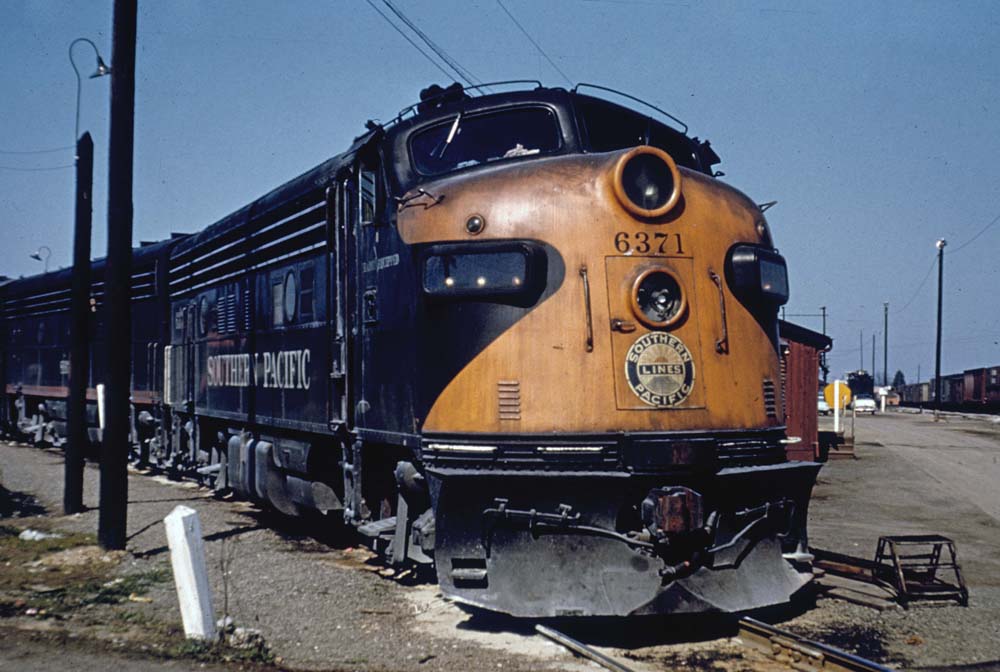
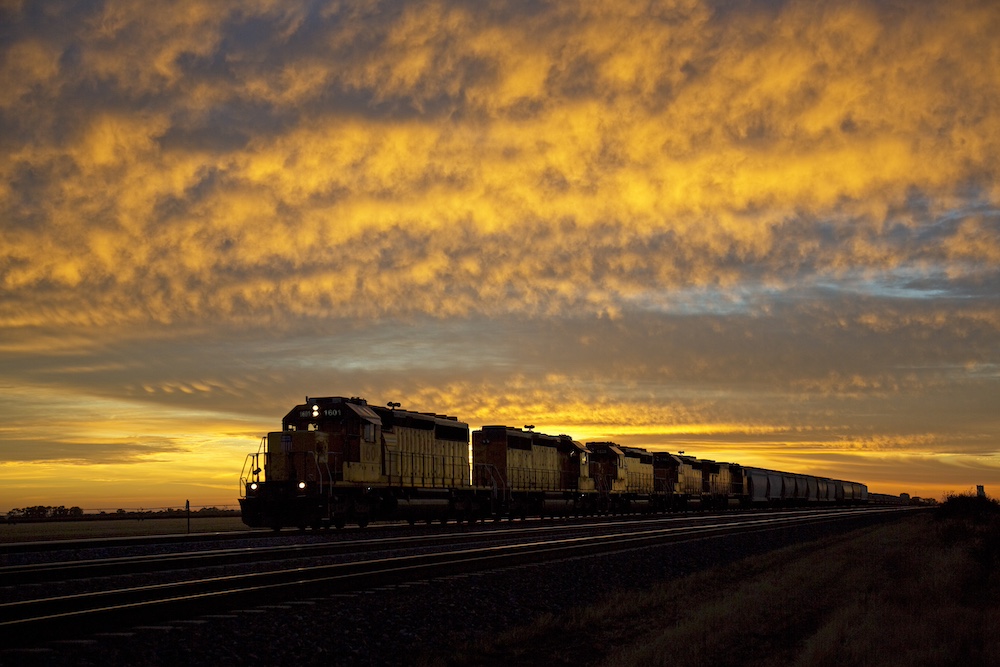
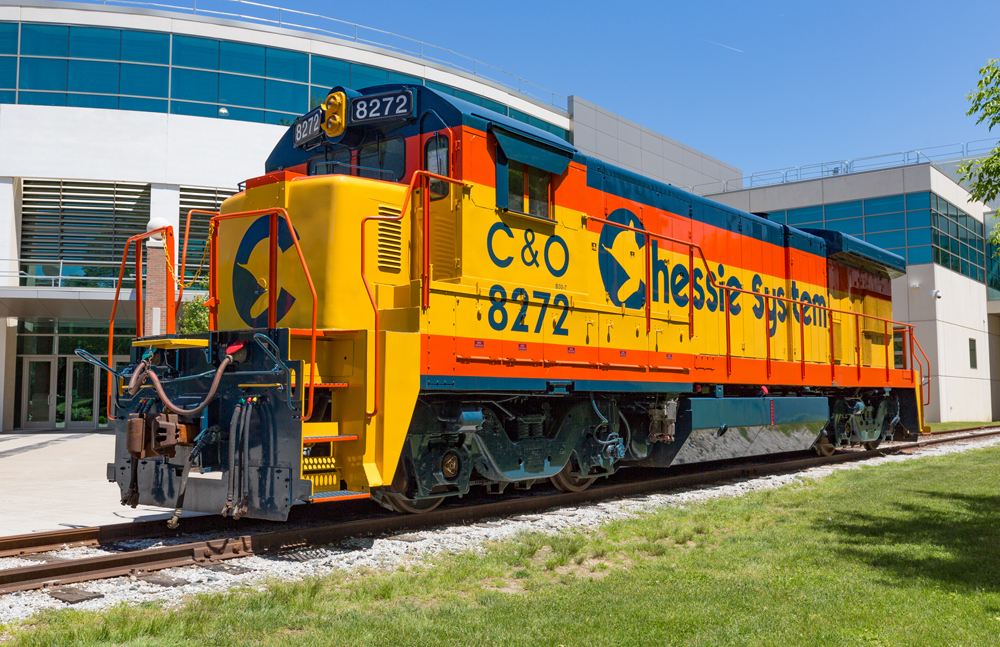
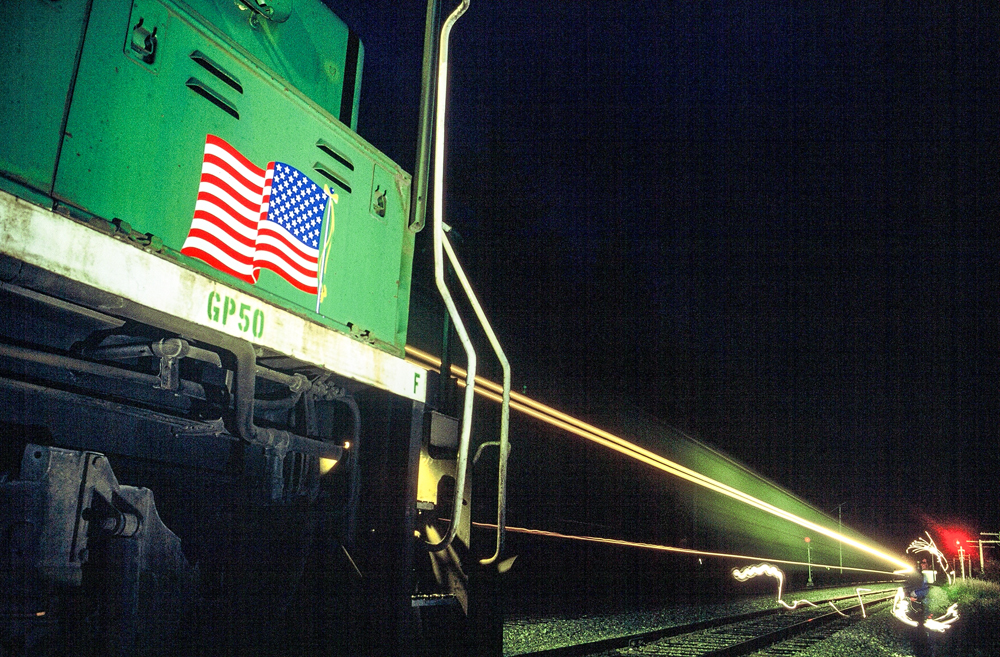




Simply put, There is nothing like a steam locomotive for visual appeal on a railroad. The huge drive wheels (as compared to diesels). The connecting rods are out in the open for everyone to see. Then there the sounds and smells that go along with a steam loco. These things are absent with a diesel. If you ever get the chance, climb up into the cab of a steam loco while it is under steam and you will instantly understand some of the appeal of these magnificent machines that helped build America.